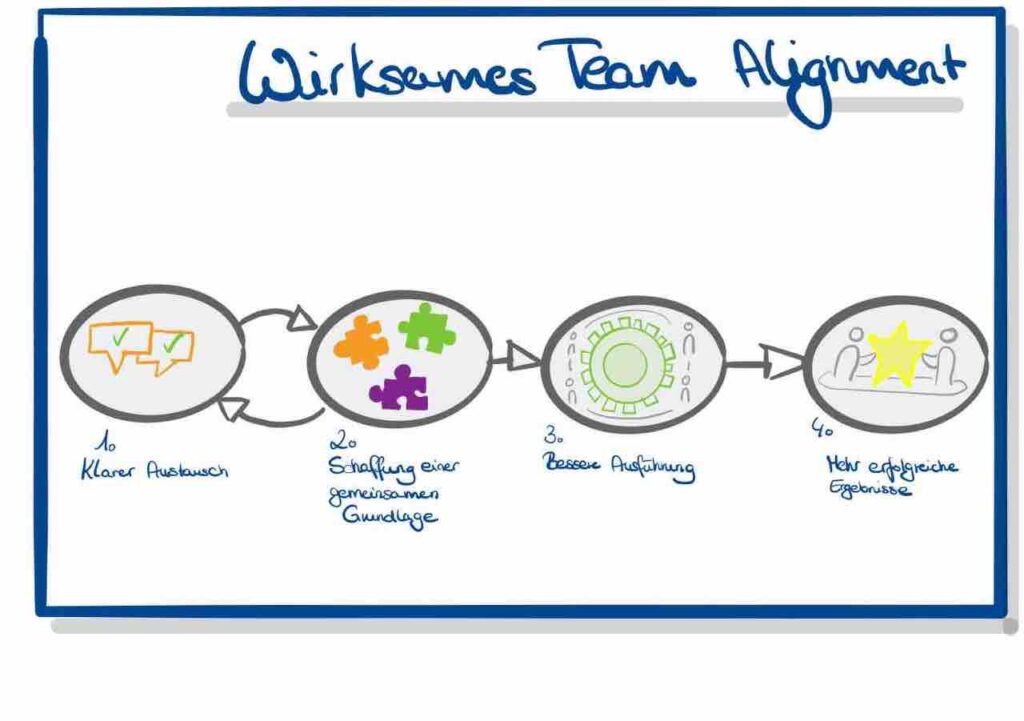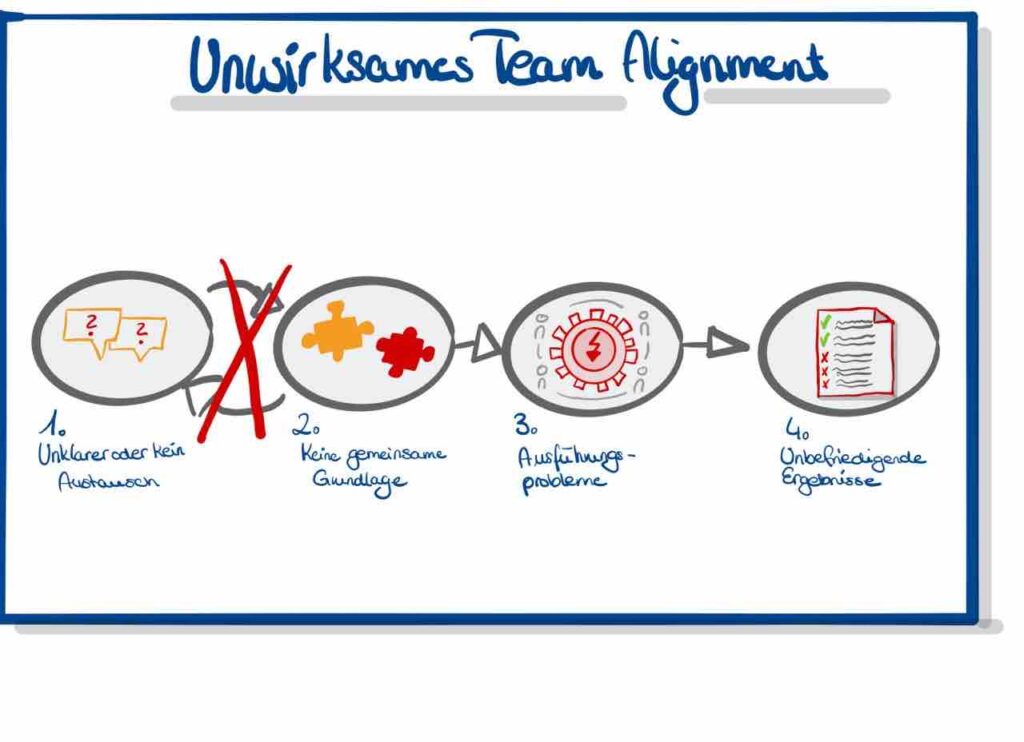Virtual working remains
Virtual working will continue to accompany us. This can be deduced from a survey conducted by the Frauenhofer Institute for Industrial Engineering (IAO) and the German Association for Human Resource Management (DGFP). The IAO and DGFP surveyed 500 companies. The conclusion is that 42% of companies want to expand home offices after the coronavirus crisis has been overcome. Hardly any companies want to reduce working from home. Why is that? Because virtual working works and 90 percent of companies have not noticed any disadvantages.3
For many of us, this means more work at a distance from colleagues and from the company itself. To keep this distance as small as possible, it is not enough to switch on the camera - it means continuous work.
Team building as a success criterion - why?
For a group of employees to become a so-called "high-performing team", something has to happen. We call this "something" "team building", which somehow worked automatically before corona. There were the shared lunch breaks, the coffee corners and the physical proximity to colleagues. We talked about the projects and topics we were working on, but also about private matters, which created trust and mutual understanding. Through regular exchanges, a common basis developed within the team that contained a shared language and patterns. This also means that everyone knows what their common goal is, i.e. in which direction they are heading.
A cycle of clear, regular exchange and the consolidation of a common basis is created. You understand each other blindly.
All of this is the basis for the team to successfully carry out the tasks and deliver results.

However, if the cycle is disrupted and there is neither a clear exchange nor a common basis, the execution and, consequently, the results will suffer.

Ensuring and promoting this cycle is one of the tasks of team building. In these times of working from home, this means creating a communication platform that brings colleagues together, even though everyone works "alone in a silo" at home. The aim is to create connections, even though you no longer see each other all the time. But more on that later.
So it's not just "socializing" so that you go to the climbing garden or play nice virtual games, but essential for good team performance.
At wibas, we experience that team building and socializing measures motivate the team and the individual. The emotional bond with the company can be built up and strengthened. A wealth of ideas finds a channel and can be encouraged and appreciated.
If these are the advantages and it still makes sense, how does it work virtually?
How and where do you start? At the beginning!
There are opportunities to work together virtually in sync, e.g. explicitly making time and scheduling lunch or coffee breaks together. Warm-ups can also be carried out together before a meeting in order to exchange ideas.
Asynchronous exchange can be created through virtual communities that open up channels on specific topics. Helpful tools here are slack, MS Teams or mattermost.
A mix of all areas is ideal and this should be recognized as continuous work - small efforts count more than planning large virtual events.
This requires and encourages management.
Conclusion: Do we need Face-to-face any more?
Of course not. As a principle of the Agile Manifesto says: "The most efficient and effective method of conveying information to and within a development team is face-to-face conversation. "4
In our experience, it is advisable to hold a kick-off event in a face-to-face format for new teams, for example, in order to lay the foundations for a common language. After this event, the team should work together for a sprint to get to know each other and establish common working methods. Afterwards, it is good to work together virtually when the team building measures are established. It is typically beneficial for the team to meet physically at least every 3 months.
1 Cf. Waschinksi,G., Handelsblatt Media Group: Number of new infections in Germany continues to rise - number of hospital cases declining from 12.08.2020 at 14:42, at https://www.handelsblatt.com/politik/deutschland/corona-pandemie-zahl-der-neuinfektionen-in-deutschland-steigt-weiter-zahl-der-krankenhausfaelle-ruecklaeufig/26087992.html?ticket=ST-5440094-19nnLdt27t9lhRpH3clI-ap1 retrieved on 14.08.2020 at 15:00
2 Cf. ZEIT ONLINE dpa, sk "Many companies are planning more home offices" from 09.07.2020 at 10:53 a.m. under https://www.zeit.de/arbeit/2020-07/arbeiten-nach-corona-homeoffice-coronavirus-zukunft-normalitaet-fraunhofer-institut retrieved on 14.08.2020 at 15:10
3 Cf. Hofmann, Dr. Josephone, Frauenhofer Institute for Industrial Engineering: New study on the impact of the corona pandemic on business practice from 09.09.2020, at: https://www.iao.fraunhofer.de/lang-de/presse-und-medien/aktuelles/2298-corona-beschleuniger-virtuellen-arbeitens.html retrieved on 14.08.2020 at 15:15
4 Beck,K. et al.: "Principles behind the Agile Manifesto" from 14.08.2020 at 13:00, at: https://agilemanifesto.org/iso/en/principles.html retrieved on 14.08.2020 at 14:50

Write a comment